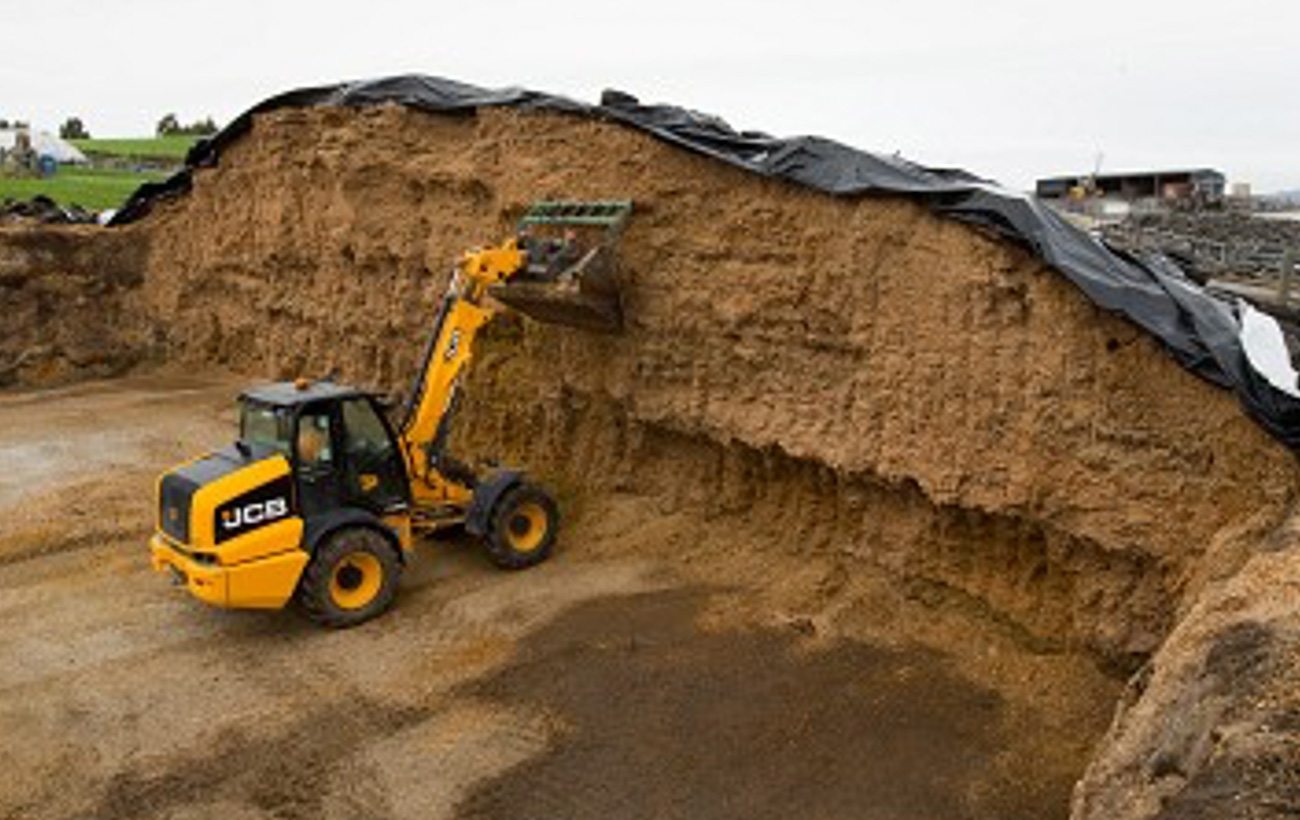Understanding the Silage Test Results
 Silage quality is key to good animal performance, reducing winter feed costs and increasing profitability during the housing period. Grass silage is the basis of most winter feeding systems in this country and satisfactory animal performance is largely dependent on the adequate intake of good quality silage.
Silage quality is key to good animal performance, reducing winter feed costs and increasing profitability during the housing period. Grass silage is the basis of most winter feeding systems in this country and satisfactory animal performance is largely dependent on the adequate intake of good quality silage.
The level of meal feeding on your farm is determined by the quality of your silage. Therefore knowing your silage quality must be the starting point in planning your winter feed when making cost effective decisions on concentrate supplementation.
Silage made under poor conditions could leave silage with low dry matter, low digestibility (energy value), low crude protein, high ammonia levels and high acidity. These silage characteristics will give rise to low dry matter intakes and poor animal performance. On the other hand, if the silage is made under good conditions as should be the case this year then better quality silage can be expected and only lower meal feeding levels will be required to ensure animals meet their target winter weight gains. Knowing this information before you start feeding animals will allow you to correctly assess what supplementary feed you require.
 It takes 17kg DM of 75DMD silage to put on 1kg of carcass as opposed to 46kgs DM of 60 DMD to put on 1 kg of carcass weight.
It takes 17kg DM of 75DMD silage to put on 1kg of carcass as opposed to 46kgs DM of 60 DMD to put on 1 kg of carcass weight.
Dry matter (DM %)
This is the amount of silage material after water has been removed. Generally the higher the dry matter the higher the potential intake of silage. However silages that are too dry can give rise to moulds and heating.
Fermentation
Fermentation is described by pH, Ammonia and Lactic Acid - pH, normally 3.8 to 4.2, measures the silage acidity and so the ability of the silage to store. Reduced intakes can occur with too low a pH while a high pH in low dry matter silages can be an indicator of poor fermentation. Ammonia is a useful indicator of fermentation quality. Ammonia values of less than 10% are desirable while values greater than 15% can cause reduced intakes resulting in poor animal performance. High nitrate levels in the grass will contribute to this. Lactic Acid is produced at ensiling. Following ensiling it quickly reduces the pH of the silage and acts as a preservative.
Crude Protein
Crude Protein - levels are a direct reflection of the quality of the grass at the time of harvest. Young leafy grass produces high protein silage while older stemmy grass produces low protein silage. Protein levels in grass can also be much higher earlier in the silage season than in mid-summer.
Metabolisable Energy (ME)
Measures the usable energy of the silage which is higher at the young leafy grass stage and lower at the hay stage.
The DMD (Dry Matter Digestibility)
 Is an accurate and reliable test of forage feeding value. The DMD result is used to estimate energy of the silage, as well as expected live weight gains/milk yields and planning supplementation rates. DMDs of 70% and over are good.
Is an accurate and reliable test of forage feeding value. The DMD result is used to estimate energy of the silage, as well as expected live weight gains/milk yields and planning supplementation rates. DMDs of 70% and over are good.
Please contact your local Drummonds Agronomist for further information. or technical advisor to get your silage tested for this winter.

